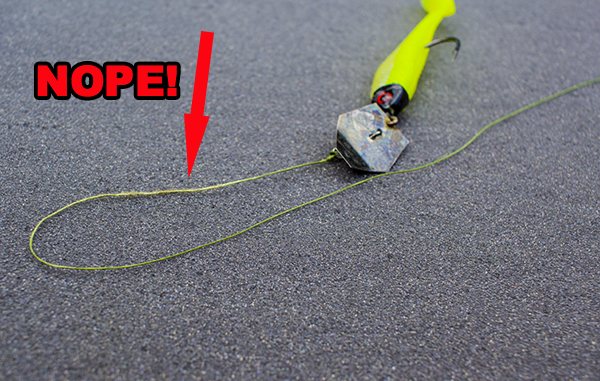
Paying attention to small details can make a big difference in your success
No one likes losing fish, especially if it can be easily prevented.
So here are a few things I do between casts to ensure my efforts on the water aren’t wasted.
Check the line
I always take a quick look at my fishing line, specifically the first foot or so above the lure.
I am looking for bad frays on braided line, and nicks on monofilament or fluoro — this is especially important around heavy cover.
Dial in the drag
There’s no need to check drag between each cast, but set it before you start fishing for a particular species.
Forgetting to set the drag can result in a popped line or lost fish, neither of which I classify as “fun.”
Remember that speckled trout have softer, more easily ripped lips than redfish or bass.They don’t need 20 pounds of drag.
But horsing redfish out of thick grass (and getting a solid hookset in the first place) is best done with a heavier setting.
There is no gauge or indicator for your drag — just know that when fishing for specks it should be relatively easy to pull line off the spool by hand.
For redfish, it should be much more difficult.
Generally, I like to hear a little drag peel out whenever the fish makes a run or shakes its head.
And don’t forget that braided line likes to dig in on itself when pulled hard. If it does, then be sure to cast it out and reel back in.
Look at your lure
Picture a chewed-up soft plastic on a jighead.
What does it do? Yeah, it slides off. When that happens fish are less likely to strike because the presentation appears so unnatural, so look for this between casts.
And don’t forget about grass. A lure fouled by grass doesn’t look right and, if I recall correctly, speckled trout and redfish aren’t vegetarians.
Conclusion
You can’t catch a fish if your lure isn’t in the water, and casts are less likely to count if the line or lure has been compromised.
Pay attention to these things — and don’t be surprised when you start putting more fish in the boat.
Editor’s Note: Devin Denman is an avid inshore fisherman who writes the Louisiana Fishing Blog. To read more of his articles, visit lafishblog.com.


